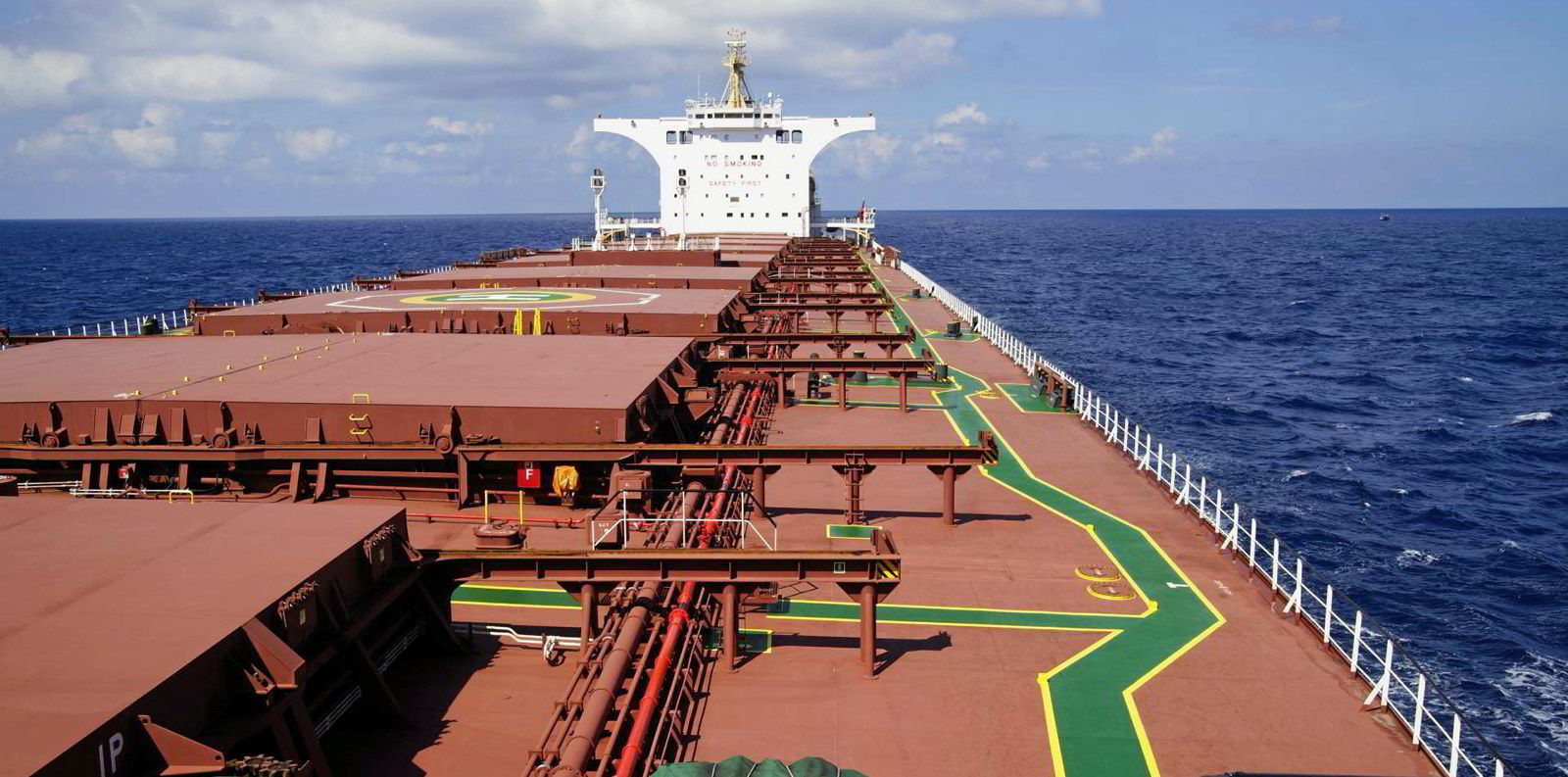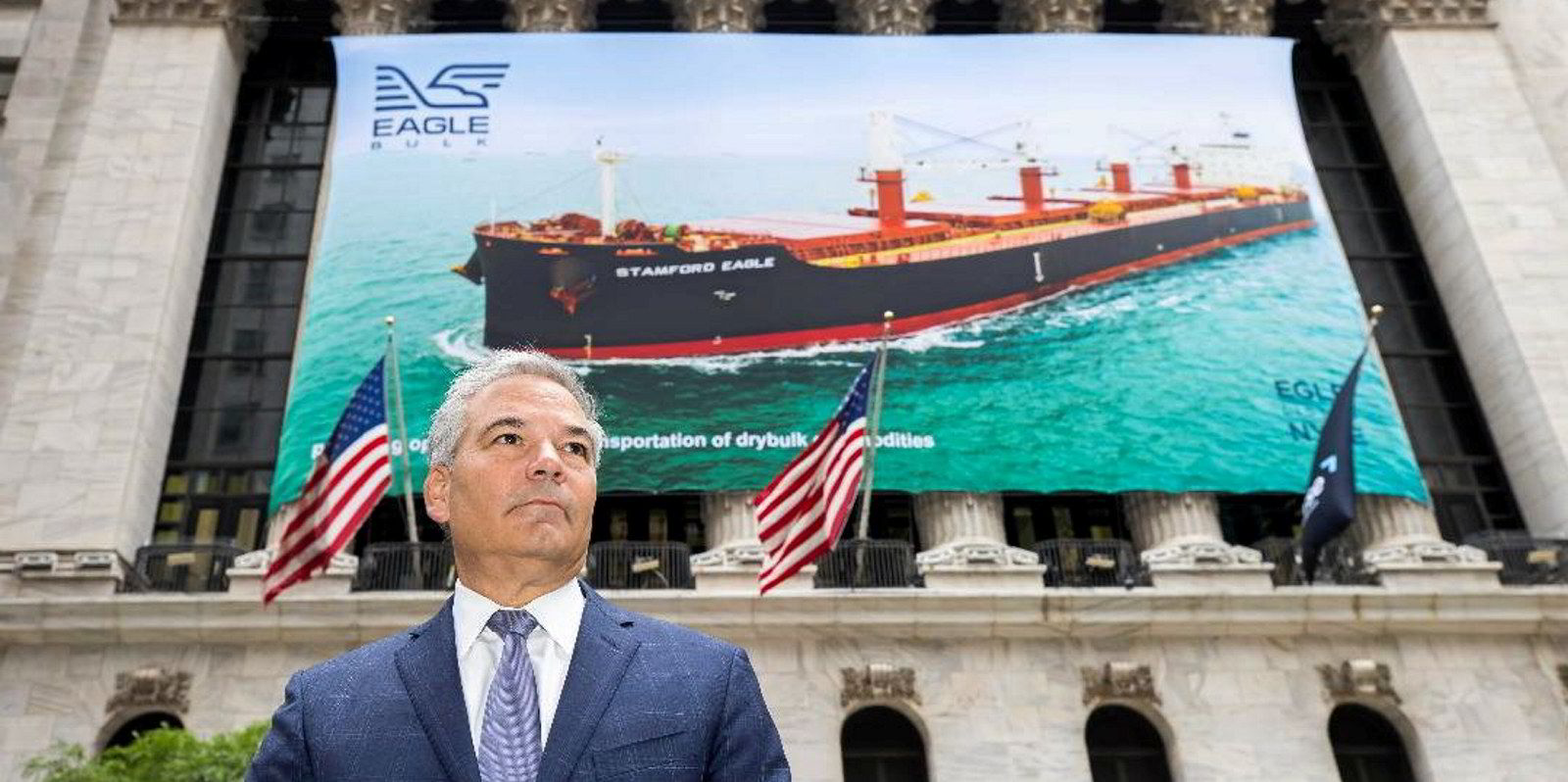Spot rates for capesize bulkers are looking cooler as the market prepares to enter the second quarter, but it remains to be seen how much further the rout will go.
Futures contracts actually settled higher on Wednesday — by more than $1,000 for June contracts.
But, in the physical market, some $2,705 was cut from the estimated average spot rate across five key benchmark routes on Wednesday.
Baltic Exchange panellists cut the basket assessment to $21,875 per day, the lowest level since late February.
This follows a $2,745 cut made to the assessment on Tuesday.
Three new fixtures for capesizes came to light on Wednesday, all of which were for iron ore voyages from Port Hedland in Australia to China in mid-April.
Panocean fixed an unnamed capesize at $9.80 per tonne, while China Steel Express fixed an Oldendorff vessel at 60 cents per tonne lower. Miner BHP took another vessel at $9.50 per tonne.
All three big mining firms have been active in the Pacific market but the downward trend has persisted. Chartering activity in the Atlantic, meanwhile, has been slow.
Capesize spot rates have slid by over 35% since mid-March, but it is not all bad news going forward. In its weekly market report, Signal Ocean drew attention to the mixed outlook for capesizes.
“Capesize vessel freight rates for shipments from Brazil to North China dipped to $28 per tonne, marking an 8% weekly decrease,” the data platform said in the report.
“Despite this decline, the current rates reflect a significant 37% increase compared to those observed during a comparable week a year ago.”
Signal said that the number of ballasters has fallen throughout March while demand has grown, leading to rising levels of tonne-days.
Tonnage lists are tightening in both the north and south of the Atlantic.
The number of ballasting capesizes in the south-east Africa region has fallen close to the annual average of 103 vessels over the past week, almost 12 lower than the previous week, Signal said.
The number of unladen capesizes in the region has fallen by more than one-quarter from the peak in the final week of February.
Capesizes caught in congestion at Chinese ports saw a small rise during the final week of March, but congestion has largely been unwinding since the peak in early to mid-February.
Over the past seven days, capesize ship congestion has risen by 10 vessels to 120. Congestion for the larger bulkers peaked at 160 vessels during the seven days from 5 February.
Futures
Despite the drastic revisions being made to average capesize rates in the physical market, freight forward agreements (FFAs) had a stronger day on Wednesday and most contracts saw gains during the day’s trading.
Paper for June settled $1,115 per day higher than Tuesday at $26,679 per day.
Another $986 per day was added to May contracts, which printed at $26,693 per day on Wednesday. Modest gains were seen on most other capesize contracts for the year ahead.
The Baltic Exchange’s forward curve currently indicates rates of just below $24,000 per day for April and about $26,000 per day for the rest of this year.






